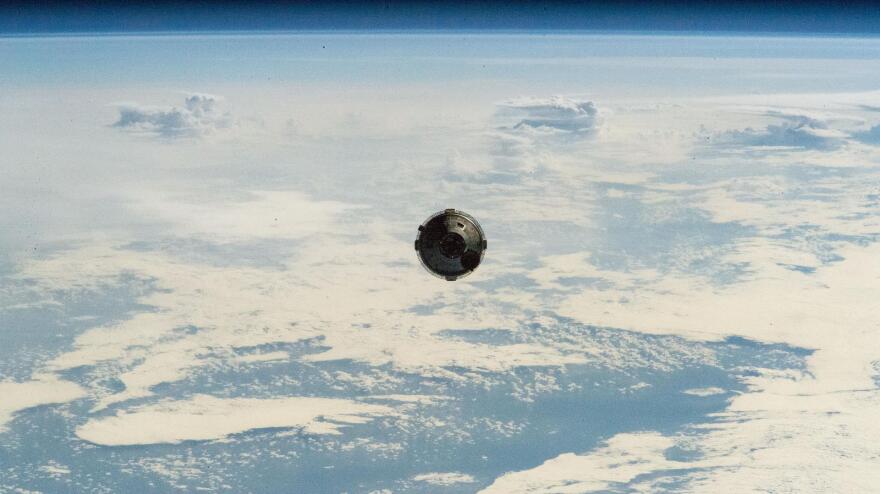NASA has decided that Boeing’s next Starliner spacecraft mission to the International Space Station will carry no crew. The decision comes more than a year after a crewed test flight returned without its passengers.
During Starliner’s first crewed test flight in June 2024, NASA’s Butch Wilmore and Suni Williams were able to successfully launch and dock to the station in Starliner, but technical issues forced Boeing to return the vehicle without a crew in September 2024.
On approach to the station, several of Starliner’s thrusters – which help steer and control the craft – shut down. After a review, NASA decided to return the capsule without the crew.
What was a planned eight-day mission turned to nine months in space as Wilmore and Williams joined the crew of the International Space Station and awaited a ride home in SpaceX’s Crew Dragon capsule, splashing down in March 2025.
Now, after months of evaluation after the mishap, NASA and Boeing agreed to slash their astronaut transport contract from six to four missions. The next Starliner flight will be without a crew and is targeting a launch no earlier than April 2026. The capsule will carry cargo and test new systems added to the vehicle after the crewed mishap last year.
“NASA and Boeing are continuing to rigorously test the Starliner propulsion system in preparation for two potential flights next year,” said Steve Stich, manager of NASA’s Commercial Crew Program. “This modification allows NASA and Boeing to focus on safely certifying the system in 2026, execute Starliner’s first crew rotation when ready, and align our ongoing flight planning for future Starliner missions based on station’s operational needs through 2030.”
The Commercial Crew program was created after the Space Shuttle was retired in 2011 as a way to transport astronauts to and from the International Space Station from the U.S.
In 2014, NASA awarded commercial crew contracts to Boeing and SpaceX. So far SpaceX has launched 11 total astronaut missions for NASA, with another set to launch early next year.
If Boeing’s Starliner is certified for crew launches next year, it will carry up to three crew rotations to the station.
“Boeing remains committed to supporting NASA’s goal of sustained human presence in low Earth orbit through the ongoing development and certification of the Starliner spacecraft,” said a Boeing spokesperson. “Safety remains our highest priority as we focus on the Starliner-1 mission, which incorporates our findings and learnings from previous flight tests and testing this fall.”




